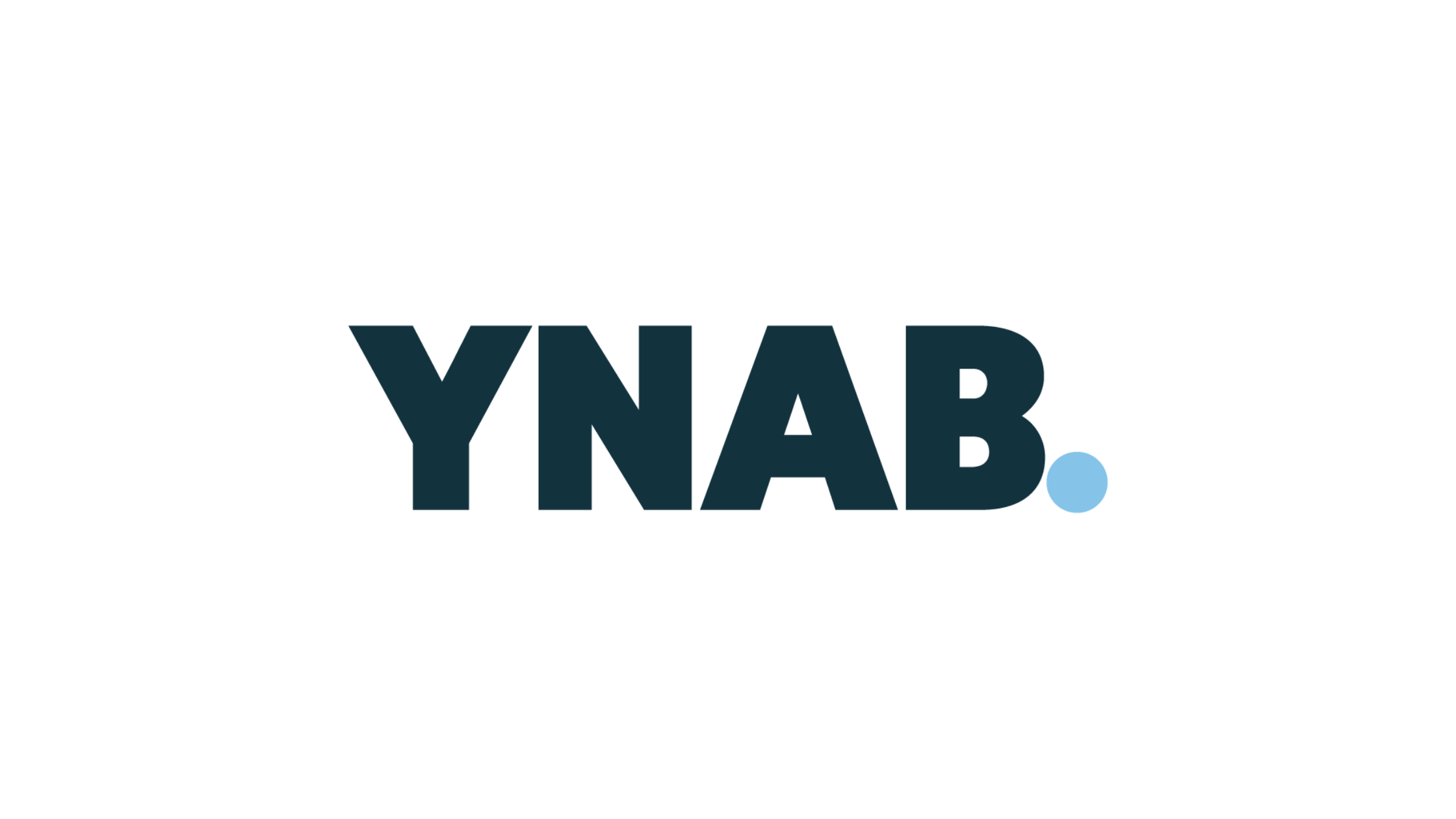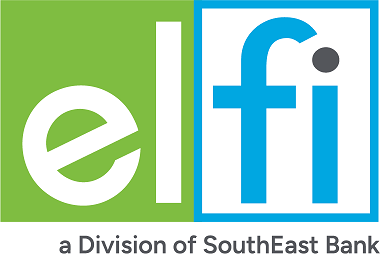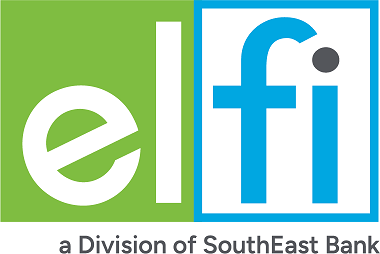Understanding graduate student loan interest rates is key to making smart financial decisions, whether you're taking out a loan or repaying one. Interest rates determine how much you'll pay on top of the amount you borrow, so they directly affect the total cost of your loan.
If you borrow a loan with a high interest rate you could end up paying more over time in interest charges, while a loan with lower rates will cost less. By knowing your loan's interest rate, you can plan your repayments better and even explore strategies to reduce the overall cost, like refinancing or paying extra when possible. Being informed helps you stay in control of your financial future.
What Are Graduate Student Loan Interest Rates
Interest rates on graduate student loans are the percentage of the loan amount that you pay in addition to what you borrow. Think of it as the cost of borrowing money. For example, if you borrow $10,000 with a 5% interest rate, at the end of the year with no payments, you’ll add an additional $500 to your loan (depending on the loan terms).
Interest rates play a big role in how much you’ll end up paying altogether. A higher rate means you’ll owe more in interest, which increases the total cost of the loan. On the other hand, a lower interest rate helps keep your overall payments down, making it less expensive to borrow.
There are two main types of interest rates: fixed and variable. Fixed interest rates stay the same for the entire life of your loan. This makes them predictable, you’ll know exactly how much to plan for each month. Variable interest rates, however, can change over time, depending on market conditions. While they might start lower than fixed rates, they could go up later, which could make your monthly payments more expensive. Understanding the type of interest rate your loan has is essential for budgeting and long-term planning.
Current Graduate Student Loan Interest Rates
When it comes to graduate student loans, interest rates can vary depending on whether you go with federal student loans or private student loans. Understanding the differences will help you make the best decision for your financial goals.
Federal Student Loans vs Private Student Loans
Federal graduate student loans, like Direct Unsubsidized Loans and Direct PLUS Loans, come with fixed standardized interest rates. This means that every borrower who borrows during the same award year gets the same rate, regardless of their financial situation or credit history. Direct PLUS Loans usually have a higher rate than unsubsidized loans, but they’re still predictable because the rate is fixed. The current Direct Unsubsidized Rate is 8.08 and the Direct PLUS rate is 9.08 for the 2024 - 2025.
Private lenders, like banks or credit unions, set their own interest rates, which means they can be variable or fixed. Fixed rates stay the same over the life of the loan, similar to federal loans, while variable rates can go up or down depending on market conditions. Unlike federal student loans, private student loans base your interest rate on personal factors like current market conditions, your credit score, income, and even if you have a co-signer. Borrowers with excellent credit histories may qualify for lower interest rates with private lenders, but those with limited or poor credit history may see much higher rates.
Tips for Managing Graduate Student Loan Interest Rates
Managing your graduate student loan interest rates takes planning, but it can save you money over time. Here are some simple strategies to help minimize the costs:
Borrow only what’s necessary. It might be tempting to take out the full loan amount offered, but borrowing only what you truly need can keep your overall balance – and interest – lower in the long run. Spend extra time creating a budget to determine what’s essential for your education and living costs.
Make payments during school (if possible). Even small payments on your loans while you’re still in school can make a big difference. Paying down any accruing interest prevents it from being added to your principal balance later, saving you money over time. If you have a private student loan, you want to confirm that you won’t receive any prepayment penalties for paying early.
Refinance or consolidate to secure better rates (when applicable). Once you’re out of school and your financial situation improves, refinancing private loans could help you get a lower interest rate or manage payments more easily. This strategy works best if your credit score is strong and rates in the market have decreased since you took out your loans.
Boost your credit score for better private loan rates. If you’re considering private student loans, improving your credit score can help you secure a lower interest rate. Focus on paying your bills on time, reducing your debt, and keeping your credit utilization low. A higher credit score shows lenders you are less of a risk, leading to more favorable loan terms.
By using these tips, you can take control of your graduate student loan interest rates and set yourself up for financial success.


















